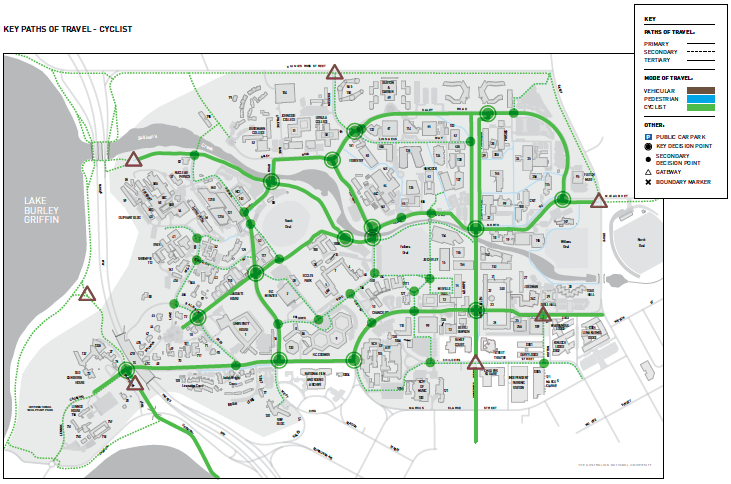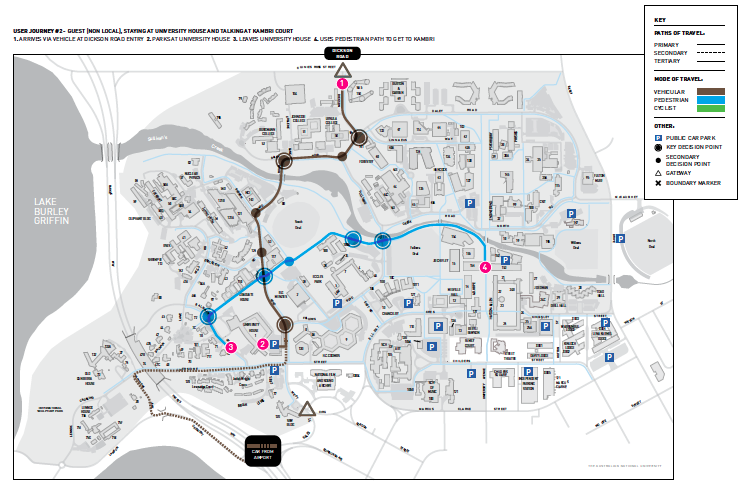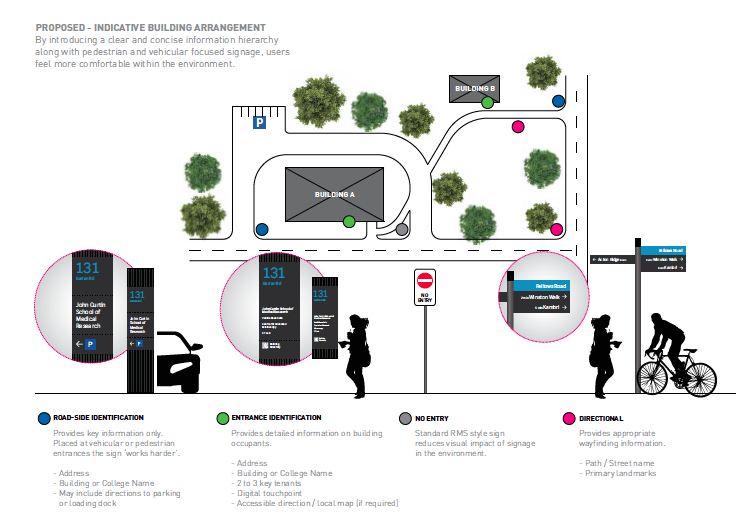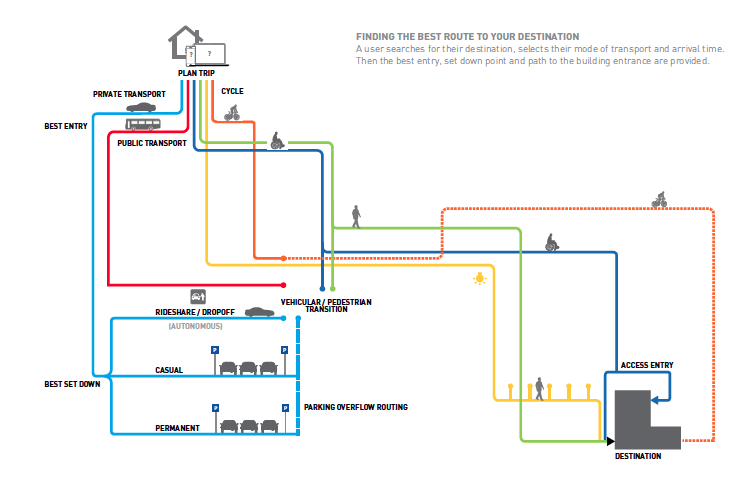Lately, an American term, ‘playbook’, has been creeping into our vernacular. So what is a playbook, and why might you need one?
This year, many corporations were understandably blindsided by the coronavirus. They hadn’t considered the possibility of a global health pandemic in their contingency plans.
Now, according to Deloitte, ‘resilience’ and ‘agility’ are emerging as key phrases in corporate playbooks. Businesses are asking: What’s our playbook for the post-pandemic era? In relation to wayfinding: Do we have a plan in place to optimise the agility, safety and ROI of our built environment? What’s our plan if there’s over-crowding?
So… what’s your playbook? And if resilience and agility are key to surviving the global recession, should wayfinding be part of your play?
What is a wayfinding playbook?
The word ‘playbook’ originates from American Football. It is basically a detailed outline of a team’s strategies for every scenario imaginable to help them win on game day. In the corporate world, a playbook outlines “process workflows, standard operating procedures, and cultural values that shape a consistent response – the play.” It’s a predetermined plan or strategy, worked out ahead of time, so your business is prepared for anything.
There are lots of different kinds of playbooks. An incident management playbook outlines options in times of crisis: a fire, flood, terrorist or cyber-attack, say. A sales playbook guides your sales team on their best tactics. A business playbook outlines operating procedures and processes, while a wayfinding playbook outlines your company’s approach to implementing and updating signage and placemaking features. Applied Wayfinding’s playbook for Google is an excellent example.
A wayfinding playbook includes sign templates, design and legibility guidelines. It also identifies different scenarios for different user groups. Where do I catch an Uber? What should I do if the fire alarm goes off? How do I find areas that are least congested?
Wayfinding playbooks are especially relevant in the COVID era. If you own or operate a complex environment like a sports stadium, campus or hospital, you’ll need to have a plan in place to manage crowds, encourage social distancing, instantly update digital signs to divert people away from congested areas, and minimize contact between staff and visitors.
How to create a wayfinding playbook
If you’ve never created a playbook before, there are plenty of templates at hand. Start by outlining your team and their responsibilities. Who is responsible for what in certain scenarios?
Next, identify the scenarios they may face. What if one area becomes dangerously congested? What if your digital wayfinding system goes down? What if one building needs to be evacuated? Can you use dynamic digital signage to disperse crowds and move them to a safer area?
The goal of your playbook might be: to maximise safety; minimize the risk of contagion; optimise revenue from retail or hospitality venues; or maximise productivity by helping people find meeting rooms on time, for example. Summarize the different ‘plays’ for each scenario or goal. Your playbook should outline user groups, user journeys, decision points and opportunities for friction or confusion.
Safety in the built environment is a priority for many businesses as they figure out how to get staff and customers back to work in the coronavirus era. A wayfinding playbook could be a helpful tool in building agility and resilience into your environment or business overall.
If you’d like to strategise your wayfinding playbook, get in touch – call (02) 8252 7522 or email us at [email protected]




